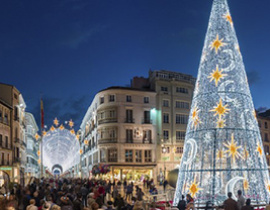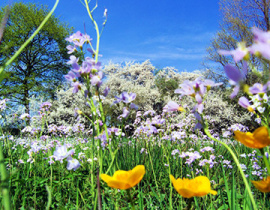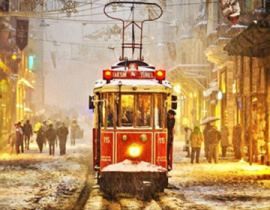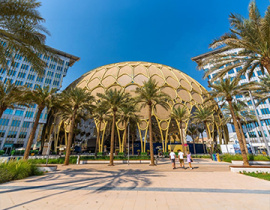Halloween in Spain: How the Country Celebrates the Spooky Season
Halloween celebrations have been growing in popularity in Spain over the past few years. What was once an imported holiday has become uniquely Spanish. It's more than just costumes and candy; in Spain Halloween intertwines with centuries-old traditions honouring the departed. From traditional autumn delicacies to modern theme park thrills, Spain offers a unique take on the spooky season.
Halloween Celebrations in Spain
Halloween in Spain is observed differently than what comes to mind. As Halloween has grown in popularity, it has become part of a traditional custom in the country in a different way than expected. Now the fall celebration takes place over three days with modern influences on the custom.
The Place of Halloween in Spain’s Traditions and Culture
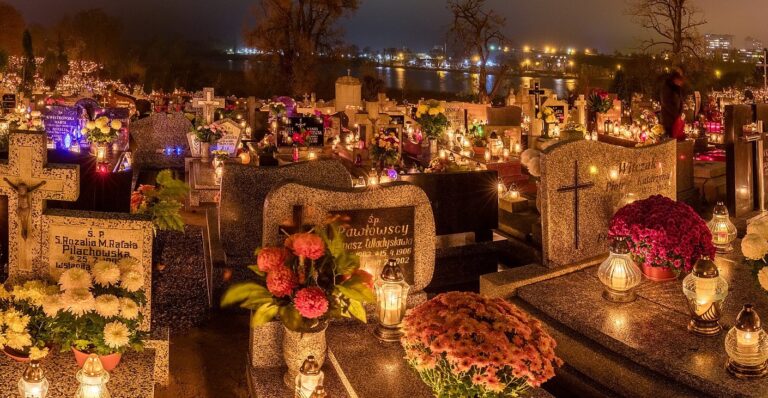 While Halloween day in Spain is on 31st October, it has been part of celebrations with two traditionally important holidays on November 1st and 2nd. These are the dates when All Saints’ Day and the Day of the Dead take place, respectively.
While Halloween day in Spain is on 31st October, it has been part of celebrations with two traditionally important holidays on November 1st and 2nd. These are the dates when All Saints’ Day and the Day of the Dead take place, respectively.
The significance of the first two days of November in Spanish culture is deeply ingrained. These holidays are when families honor their deceased loved ones and visit cemeteries. All Saints’ Day, also known as Día de Todos los Santos, is a key national holiday in Spain, deeply rooted in Christianity and Catholic traditions. Families come together to clean the graves of loved ones and decorate them with flowers, candles, as well as personal items. It is the day dedicated to remembrance.
The second day of November, called the Day of the Dead, or Día de los Muertos, holds significance in Spanish culture as well. While it is more famously celebrated in Mexico, Spain marks the day with altars, celebrating the lives of the departed. The altars are generally decorated with photographs, favorite foods, and keepsakes.
Halloween, or “Día de las Brujas” (Day of the Witches), as it's called in Spain, starts the three days with a more festive, playful mood. While some places embrace a more energetic atmosphere, others celebrate with traditional food as well as relaxing with families and friends.
How Does Spain Celebrate Halloween?
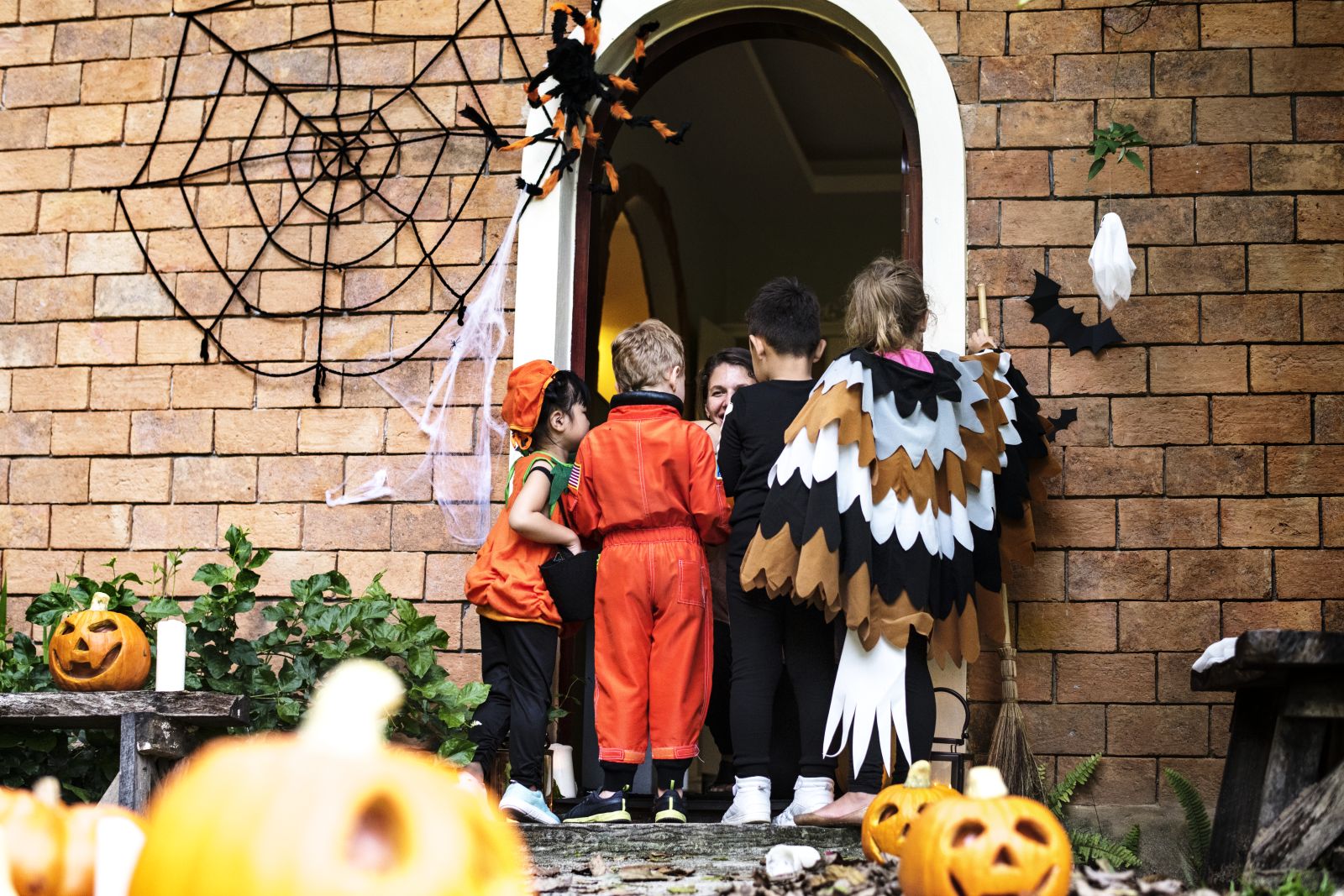 Spain’s Halloween celebrations tend to concentrate on certain activities. In urban areas, Halloween costume parties and lively nightlife are popular draws for adults. Some restaurants and hotels also join in with events and special menus on Halloween night on the 31st October.
Spain’s Halloween celebrations tend to concentrate on certain activities. In urban areas, Halloween costume parties and lively nightlife are popular draws for adults. Some restaurants and hotels also join in with events and special menus on Halloween night on the 31st October.
Truco o trato (trick-or-treating) is the main event for children celebrating Halloween. While it's not a universal practice, many schools and municipalities organize candy maps for participating neighborhoods. In some places, kids go around the neighborhood knocking on doors. And it’s not always candy they'll find, sometimes it’s raisins!
Synonymous with Halloween, pumpkins also appear in the season. Pumpkin carvings and decorations are more common in schools, bars, and shops than in every home in Spain. Though in city centres and malls, you can find spooky decorations.
Compared to the US, Spain’s celebration is less commercialized and often coexists with the next day's cemetery visits and food. While younger generations embrace Halloween, older generations prefer the traditional observances. The Spanish celebration of Halloween centers on food and rituals.
Regional Differences of Spanish Halloween Customs
Spain’s main Halloween celebrations follow community events, themed parks, and local gatherings, but every region also adds its unique flavor.
Catalonia: La Castanyada is the dominant local tradition around Oct 31, particularly in rural parts. The night comes alive with various events and stalls filled with delicacies. Eating roasted chestnuts, marzipan sweets, and sweet potatoes (boniatos) from these vendors is part of the experience. At the same time, Barcelona brings a more well-known Halloween spirit, especially with Poble Espanyol Halloween events. Additionally, near La Rambla, many places organise themed menus and costume parties.
Andalucía: Cities like Málaga and Sevilla host large events, such as costume contests, neighbourhood activities, and themed markets. Other towns like Cádiz also have their own unique celebrations. Cádiz’s Fiesta de Tosantos celebrates humour, with theatrical performances throughout the city. It is a playful, satirical celebration with creative displays and decorations.
Galicia: With strong Celtic roots, Galicia celebrates Halloween as 'Noite dos Calacús' (Night of the Pumpkins). Ghost stories, turnip and pumpkin carvings fill the night. Dressing up and trick-or-treating are present in villages and towns, though based on older rituals.
Halloween Food Traditions in Spain
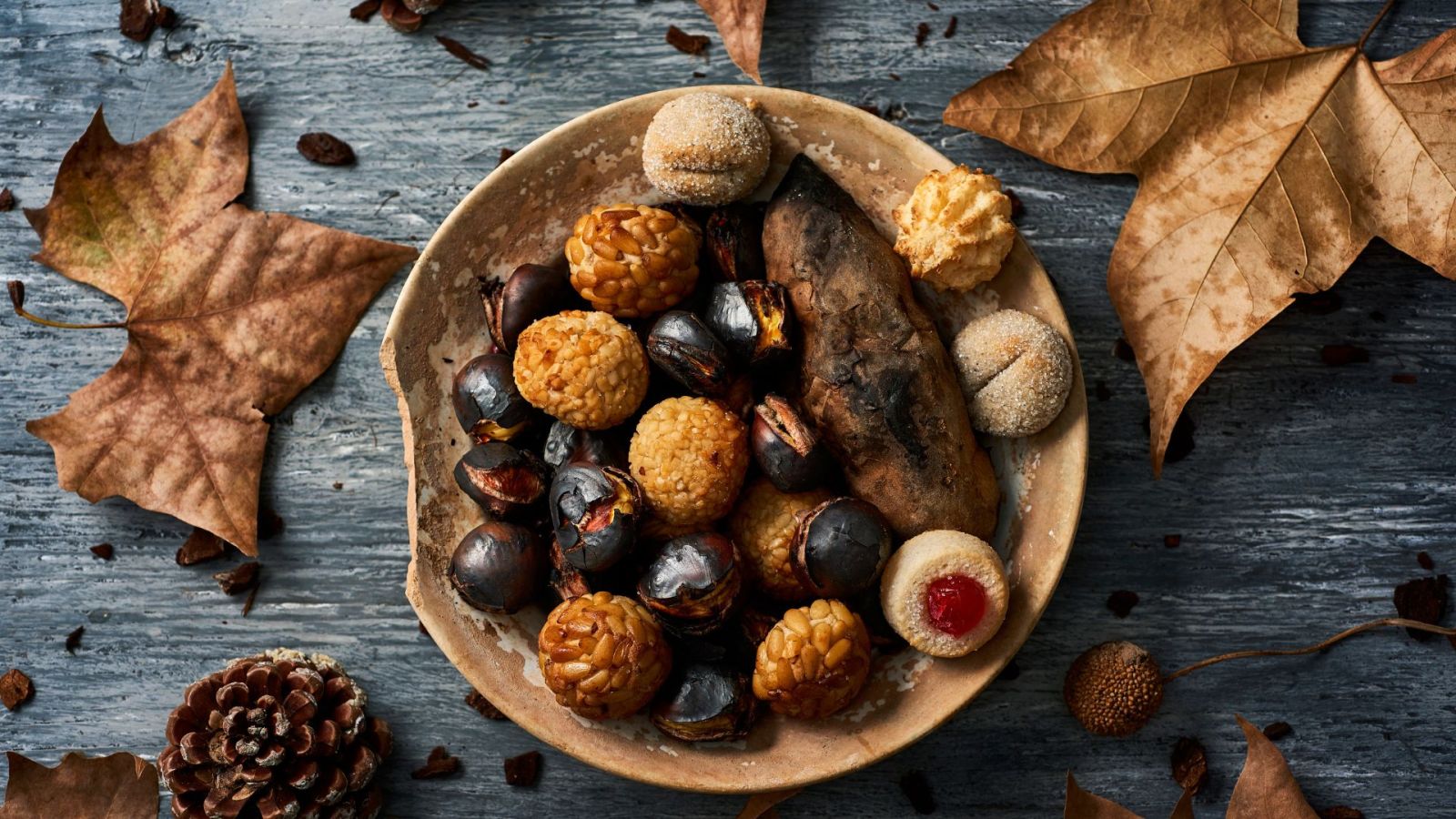 Spain’s spooky season brings a mix of regional treats and seasonal favorites. In Spain, Halloween treats blend with traditional All Saints' Day sweets.
Spain’s spooky season brings a mix of regional treats and seasonal favorites. In Spain, Halloween treats blend with traditional All Saints' Day sweets.
Castanyes (roasted chestnuts) wrapped in newspapers, sold by street vendors, are both part of the seasonal delicacy and Halloween celebrations. In the northern part of Spain and through Catalonia, it is easy to find these warm treats on street corners. Rooted in Catalonia, colorful panellets (marzipan cakes) are widely available and beloved across Spain.
The most iconic treat of this period is the Huesos de Santo (Saint’s Bones), enjoyed during late October to early November. These marzipan sweets’ shape resembles bones, and they are part of the tradition of honouring the deceased. Alongside these, Buñuelos de Viento add their own sweetness. These light fried dough balls, often filled with cream, are rich in symbolism. They are rooted in the traditional belief that eating one releases a soul from purgatory.
Trying these delicious treats is how Halloween is celebrated in Spain.
Where to Experience Halloween in Spain
There are a variety of things to do on Spain’s Halloween nights. The best places to celebrate Halloween in Spain depend on whether you're looking for lively costume parties, places to celebrate with your children, or traditional regional experiences.
Madrid, Barcelona, and Malaga are home to some of the biggest events. Major theme parks in Barcelona host scary evening events, horror zones, and family-friendly daytime activities. Madrid also stands out with the biggest Halloween nightlife in Spain. Horror nights with film-themed experiences and haunted houses in the city make it a top choice for a spooky Halloween. Malaga offers street events like the Night in Black celebration in the Soho district, along with vibrant nightlife that draws both tourists and locals.
For family-friendly Halloween events in Spain, while major urban cities offer plenty of options, Marbella and Orihuela Costa also host workshops, contests, and kid-friendly haunted houses.
The Spanish Halloween season opens a different window into the culture. Beyond the ordinary, this celebration is honoring both a profound respect for the past and joy for the present. So enjoy the sweets, take part in community events, and you'll see how Spain makes every tradition its own.




